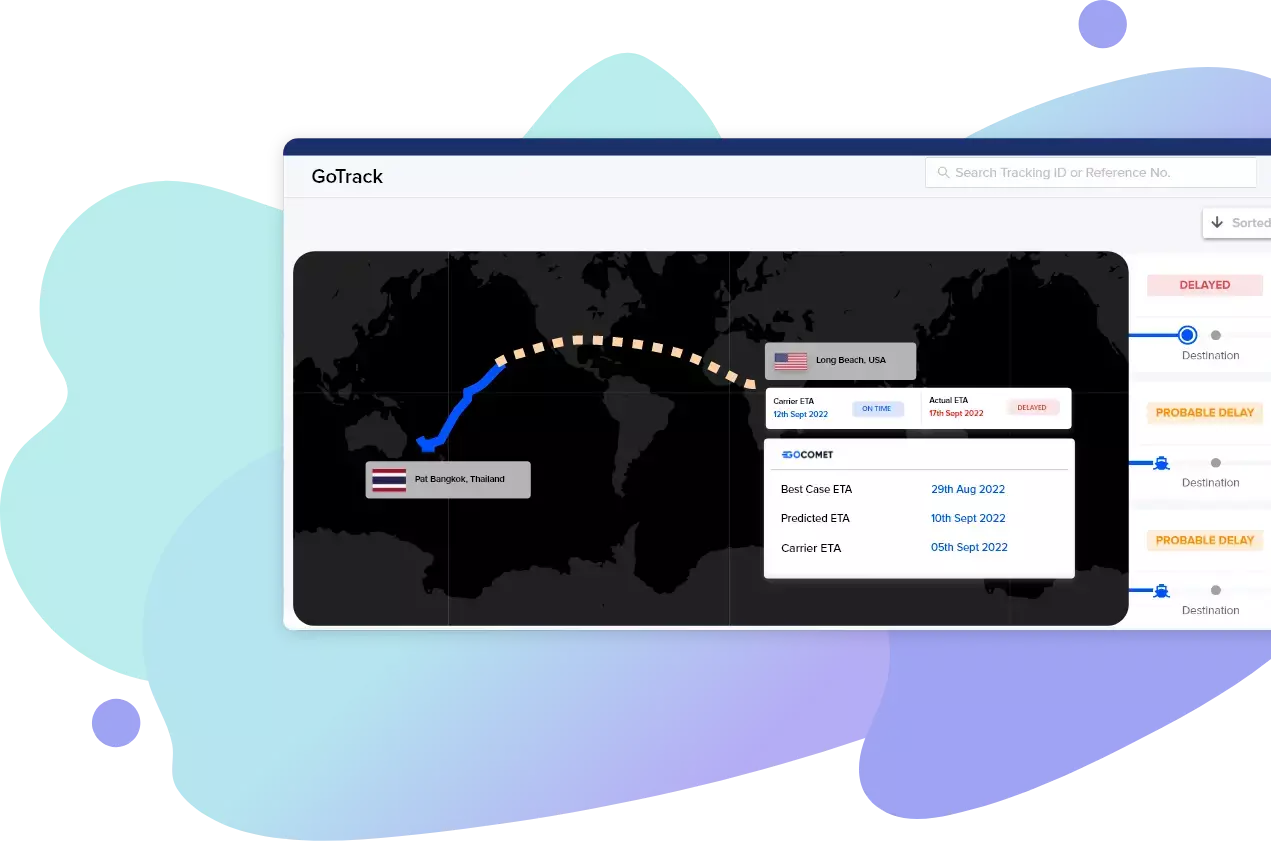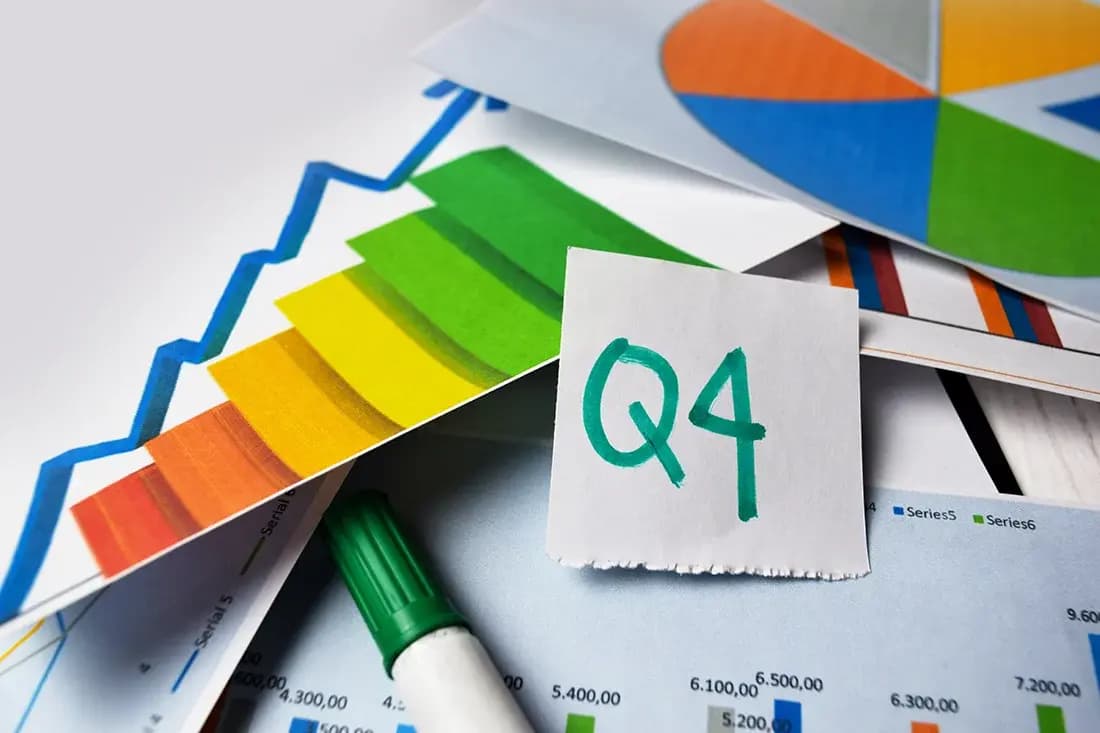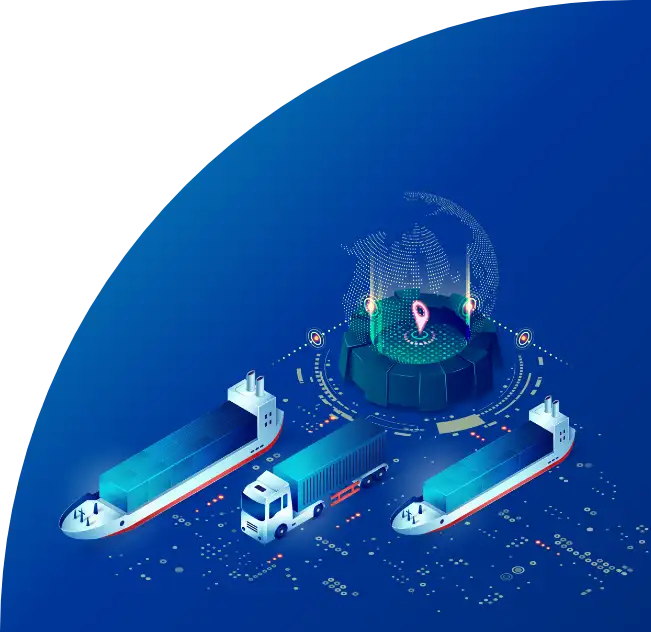Current Port Congestion in Hungary
Learn how river logistics, fluctuating trade volumes, and infrastructure capacity impact barge traffic and congestion at Hungary’s key inland ports along the Danube, including Budapest and Győr. Use GoComet’s port congestion tool to monitor real-time vessel flow and optimize your shipping schedules through Hungary’s critical river transport corridors.
Need access to our entire database?
Ports List
















































































Port Delay by Country
About Hungary Ports and Congestion
Need weekly report on port congestion for your desired ports?
Feature Insights
Sailing Schedule
63%
shipments do not arrive on-time at Hungary region
Carrier Spotlight
MSC
has the highest shipments arriving on-time for Hungary region
GoComet launched revolution!
Stay up to date with live weekly
congestion status of your ports


Navigating port congestion to mitigate 51% of the delivery delays: Case study
In today's globalized world, efficient supply chain management is crucial for businesses to thrive. However, disruptions such as port congestion can significantly impact delivery schedules, leading to frustrated customers and compromised production c...
# blog

Region-Specific Port Congestion Analysis – Quarterly Report
Global port congestion in Q1 2023 has improved significantly from its peak in Q4 2021, but it is still far from normal. The main factors that have contributed to the improvement are the easing of COVID-19 restrictions, the return of some ships to ser...
# blog







Frequently asked questions
What are the main causes of congestion at Hungarian ports?
Variable water levels on the Danube and limited berths during peak export cycles lead to inland traffic buildup.Which Hungarian port handles most of the cargo traffic?
Csepel Freeport in Budapest is the largest and most active inland cargo port in Hungary.How does low river depth affect barge operations?
Barges must reduce their loads during low water, causing more trips and potential congestion at terminals.What improvements are being made to reduce congestion?
Upgrades include dredging programs, modern cranes, and rail interface expansion at Csepel.How is congestion managed on the Danube?
Scheduling coordination and inland waterway agency planning help manage peak vessel movements and reduce delay cycles.
